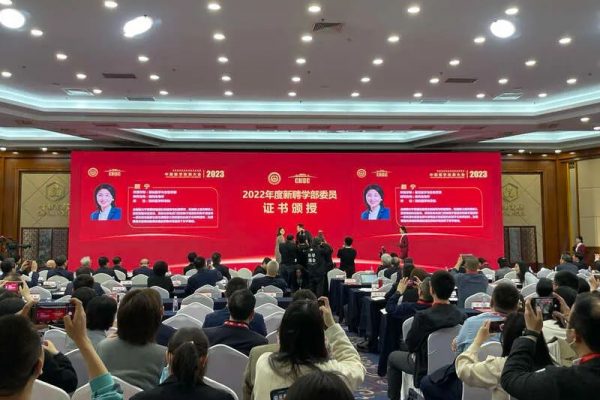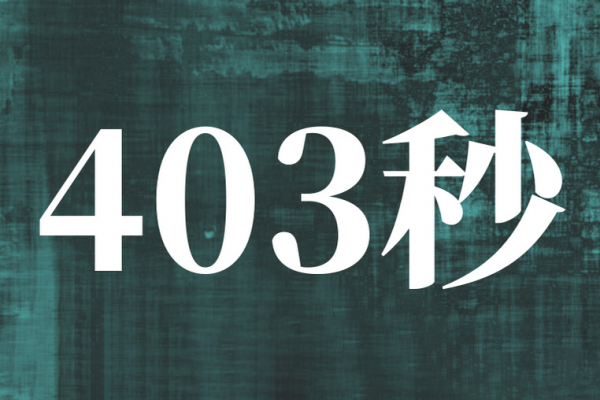Chip发表中科院半导体所魏钟鸣团队等综述论文:半导体的机器学习
FUTURE远见| 2022-12-16
Future|远见
Future|远见future选编
随着集成电路制造技术的飞速发展,半导体器件的特征尺寸越来越小、结构从2D平面结构演进到3D立体结构,对相关的材料和工艺也提出了越来越苛刻的制备与加工要求。超大规模集成电路制造工艺有近千个步骤,包含的元素数从最初的十余种扩展到目前的六十余种。集成电路制造技术每前进一步都对材料的性能提出新的要求,材料技术的每一次发展也都为集成电路新结构、新器件的开发创造新的空间²。据估算,当前集成电路制造所需的核心关键材料有上百种,材料对先进制程芯片性能提升的贡献已超过六成。作为基础材料,器件尺寸的缩小也对晶圆的质量,如纯度和表面平整度等提出更高的要求,传统以实验试错为主的研究方法已经越来越难以满足要求。另一方面,计算物理为科研人员积累了大量材料的组成元素、晶体结构和力学、热学、光学和电磁学等多方面性质的数据。近年来,以数据为驱动的机器学习方法在材料筛选和性能预测中得到了越来越多的应用³⁻⁴。通过机器学习建模,对材料的组成、晶体结构参数和物理化学性质之间的关系进行学习,从而可以对类似材料的性质进行预测,对材料进行快速的大规模筛选。
在该综述论文中,作者撰写了机器学习在半导体材料及工艺应用方面的综述论文作者首先介绍了与半导体领域机器学习相关的发展历程,然后对各种常用算法的原理及其在半导体领域的主要应用进行了详细的介绍,接着对算法各流程中的要点进行了着重介绍,然后对近年来的代表性研究进展进行介绍,最后对目前该领域的发展现状做了总结,并对机器学习在半导体领域的应用前景做了展望。
该综述论文系统地总结了数据采样收集、特征工程、研究问题和算法匹配性、模型选择等机器学习过程在半导体材料及工艺中的应用、所面临的各方面挑战。并分别从半导体材料和半导体工艺优化两个角度,对目前机器学习应用的问题和研究进展进行了详细的介绍,描述了半导体研究和机器学习方法应用之间的桥梁。该论文对从事半导体材料和半导体工艺优化研究的科研人员具有较高的参考价值。
Machine learning for semiconductors¹
In the last few decades, semiconductor devices have become progressively smaller in size and higher in production, following the so-called Moore’s Law. Electronic products based on these semiconductor devices have been changing the world and our daily lives. This achievement is credited to the development of semiconductor manufacturing as well as the rapid progress in material science².
Recent years have witnessed significant developments in machine learning (ML), which has influenced many other fields beyond computer science. researchers in semiconductor material science and manufacturing are trying to develop and apply various ML algorithms³⁻⁴. Some important landmarks of ML on semiconductors are shown in Fig. 1.
In this article, the authors aimed to introduce recent developments in semiconductors. In the section following the introduction, the authors introduced some popular ML modeling or algorithms in this field; in the third section, the learning process of machine learning is demonstrated, taking semiconductor material science as an example; in the fourth section, some recent progress in ML on semiconductor material science and semiconductor manufacturing are presented; and finally in the fifth section, the authors gave a brief summary, and showed some prospects in this field.
参考文献:
[1] Liu, D.-Y. et al. Machine learning for semiconductors. Chip 1, 100033 (2022).
[2] Agrawal, A., Choudhary, A. Perspective: materials informatics and big data: realization of the “fourth paradigm” of science in materials science. APL Mater. 4, 053208 (2016).
[3] Bartok, A. P., Kondor, R. & Csanyi, G. On representing chemical environments. Phys. Rev. B 87, 184115 (2013).
[4] Wang, H., Zhang, L. F., Han, J. Q. & E, W. N. Deepmd-kit: a deep learning package for many-body potential energy representation and molecular dynamics. Comput Phys Commun 228, 178–184 (2018).
论文链接:
https://www.sciencedirect.com/science/article/pii/S2709472322000314
关于Chip
Chip是全球唯一聚焦芯片类研究的综合性国际期刊,已入选由中国科协、教育部、科技部、中科院等单位联合实施的「中国科技期刊卓越行动计划高起点新刊项目」,为科技部鼓励发表「三类高质量论文」期刊之一。
Chip期刊由上海交通大学与Elsevier集团合作出版,并与多家国内外知名学术组织展开合作,为学术会议提供高质量交流平台。
Chip秉承创刊理念: All About Chip,聚焦芯片,兼容并包,旨在发表与芯片相关的各科研领域尖端突破性成果,助力未来芯片科技发展。迄今为止,Chip已在其编委会汇集了来自13个国家的68名世界知名专家学者,其中包括多名中外院士及IEEE、ACM、Optica等知名国际学会终身会士(Fellow)。
Chip第一卷第四期(2022年冬季刊)已于2022年12月在爱思唯尔Chip官网以金色开放获取形式(Gold Open Access)发布,欢迎访问阅读文章。
爱思唯尔Chip官网:
https://www.journals.elsevier.com/chip
Warning: Invalid argument supplied for foreach() in /www/wwwroot/www.futureyuanjian.com/wp-content/themes/future/single-news.php on line 41



